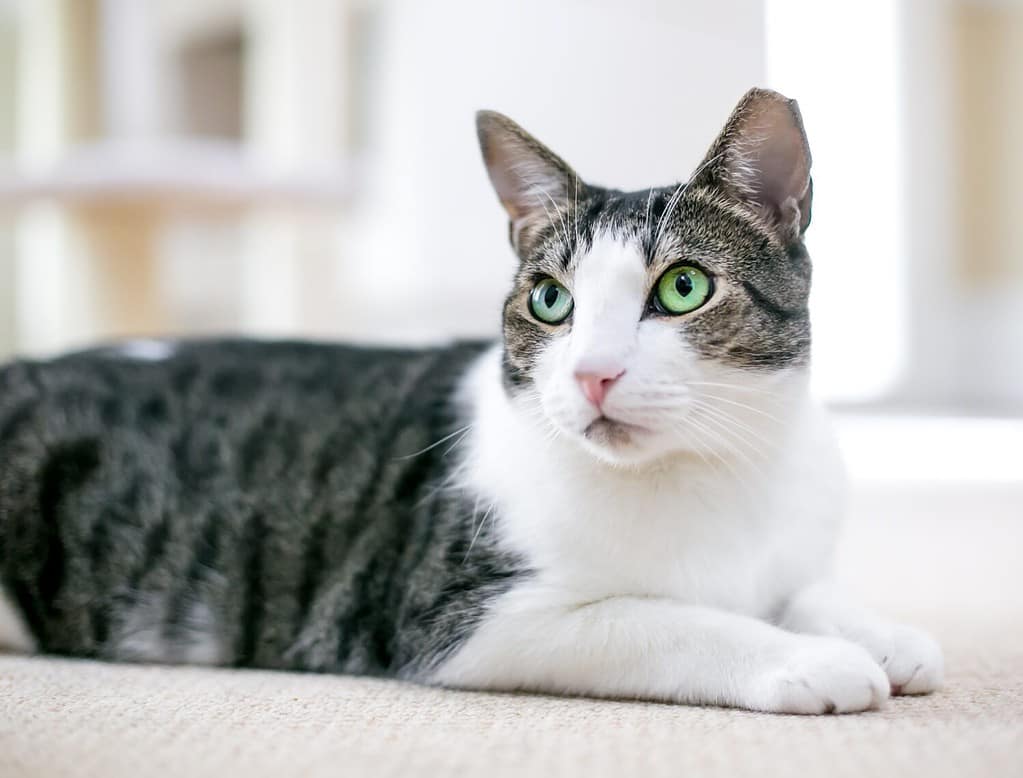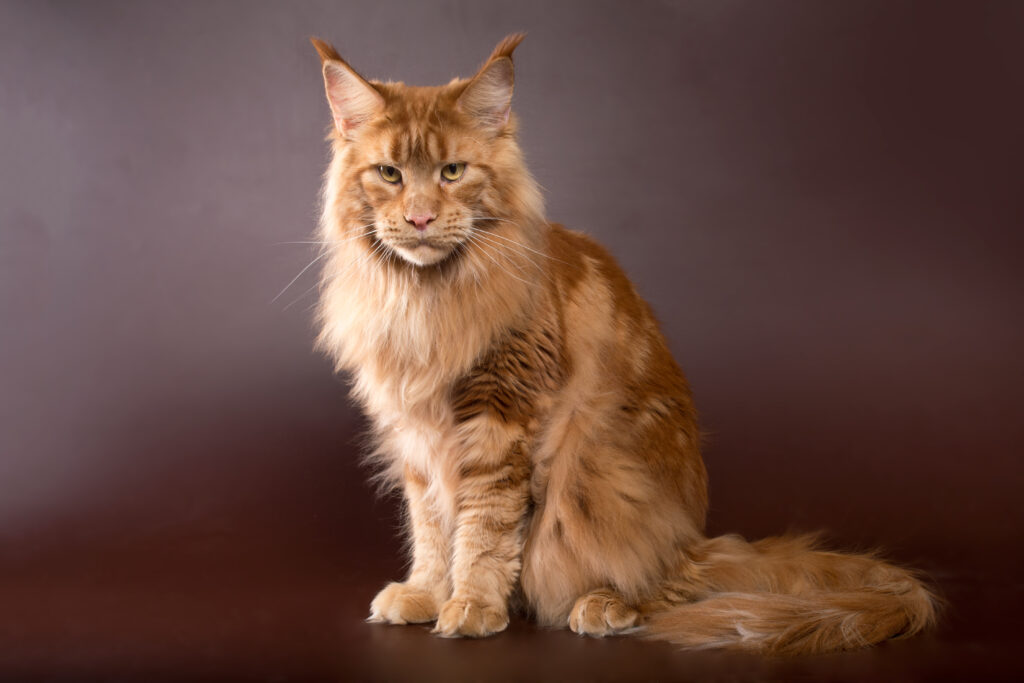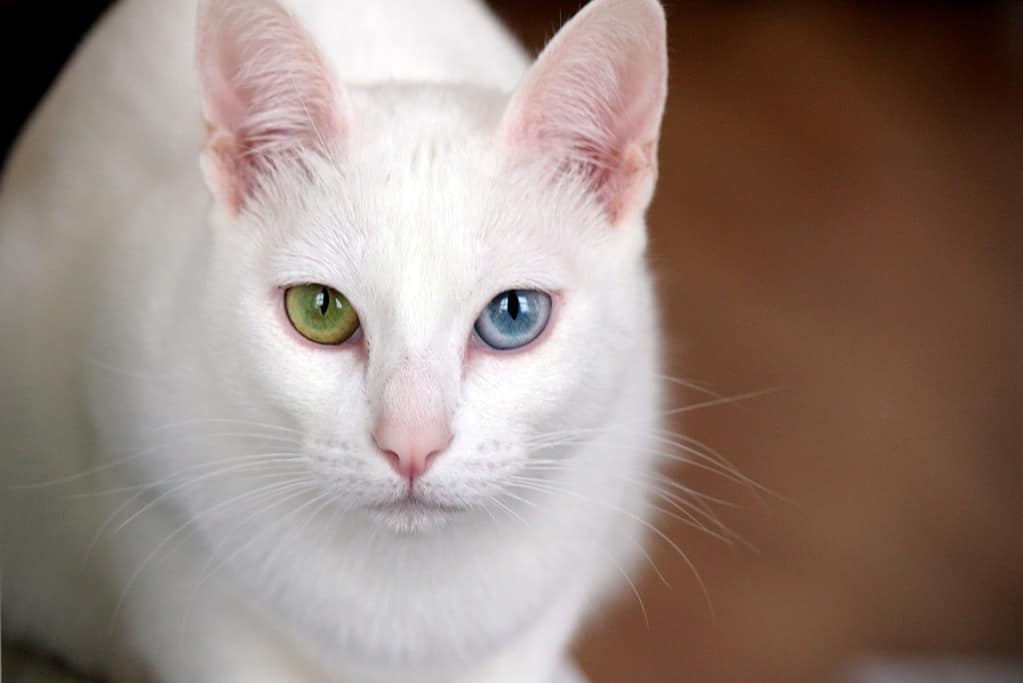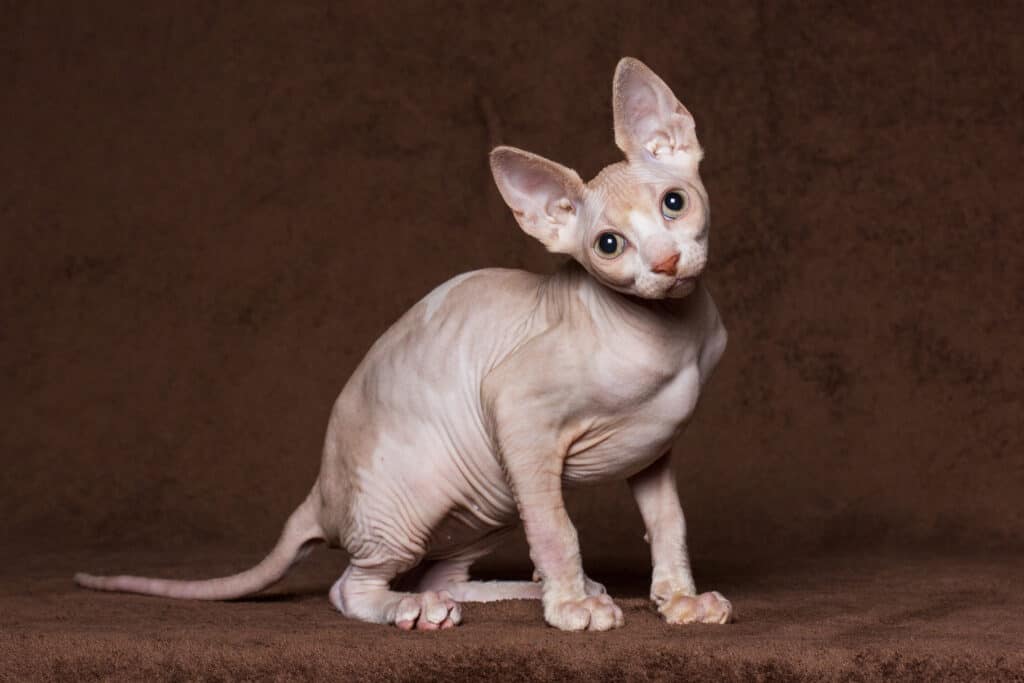If you’ve been thinking about welcoming a cat into your home but don’t know which breed to choose, you might be feeling a little stressed. With so many choices, picking the right fit for your family can seem like a challenge. However, this is perfectly normal. Many people feel a little nervous when bringing their first cat home. Some breeds are easier than others and will make the transition into cat parenthood much smoother. Today, we’ll discuss five cat breeds that are perfectly suited for first-time owners.
Tips for First-Time Cat Owners

While an indoor cat can live 10-15 years on average, outdoor cats only live to be about five years old.
©Sergey Dementyev/iStock via Getty Images
It’s no secret that welcoming a cat into your home for the first time can be an adjustment period. Owning cats is much different than owning dogs or other animals. Because of this, there are many things that are easy to overlook. Despite the fact that cats are more self-sufficient than many other pets, they still require a lot of attention and care. Many of the breeds we’ll discuss today have high needs for socialization. If you’re someone who works a lot and spends long hours away from home, consider getting two cats. If this isn’t an option, try holding off on adopting until you can give them the time they require.
Before bringing your cat home, there are a few expenses to consider. You’ll need food and water bowls, a collar, toys, a cat bed, and a crate for travel. An additional expense owners should consider is microchipping. At roughly $50, this is an affordable procedure. There is always a chance that your cat may leave the house and become lost, and having a microchip will greatly increase your chances of reuniting. If someone brings your cat to a shelter or rescue, they can scan their microchip and make contact with your family quickly.
1. American Shorthair

It is important to socialize your American shorthair from an early age.
©Mary Swift/Shutterstock.com
American shorthairs are the poster children for cats everywhere. This breed is as low-maintenance and self-sufficient as it gets. Because of their abundance, American shorthairs are often very cheap if not free, and can be found in nearly every adoption agency. These cats have a great variance in their personalities, but they’re typically playful, curious, social, and relaxed. Although they love to spend time with their families, they also have an independent streak and aren’t very needy attention-wise. This gives them the ability to mesh well with a wide variety of homes.
2. Ragdoll

Many people compare the personality of ragdoll cats to that of dogs. They are social and love to snuggle.
©Luxurious Ragdoll/Shutterstock.com
Don’t let their long coat of hair scare you away from this breed. Although it does take a bit more grooming than short-haired cats, it’s relatively easy to maintain. Brushing your ragdoll a few times a week will prevent matting. Beyond this, your cat should be able to groom itself for the most part. Unless you plan on your ragdoll entering the show cat world, there is no reason to give them routine baths or blowouts. Ragdolls are universally known as the calmest, friendliest, and cuddliest breed of cat there is. Their relaxed nature makes them a great fit for first-time owners and homes with young children.
3. Cornish Rex

The Cornish rex is named after the Cornwall region in Southwest England where it originated.
©Pavel105/Shutterstock.com
If the fluffy coat of the ragdoll seems like it would be too much work to maintain, there are many short-haired cats out there. One of the greatest examples is the Cornish rex, which only has a down coat of fur or the innermost layer. This gives their coat a curly appearance and makes them shed significantly less than other breeds. It is important to note that their short coat doesn’t make them hypoallergenic, but those who have cat allergies may find them more tolerable to be around when compared to other cats.
4. Maine Coon

The largest
Maine coon
in history was named Stewie, who grew to be 48.5 inches in length.
©OksanaSusoeva/Shutterstock.com
Maine coon cats are some of the largest out there, with some calling them the “gentle giant.” While this breed is very large in size, they’re very social and enjoy spending most of their time with their family. Maine coons get along well with other animals and make excellent playmates for dogs due to their equally high energy. In addition, they also fit well in homes with young children because of their calm demeanor. One thing to be aware of is that Maine coons are very vocal. This cat won’t hesitate to meow loudly and often whenever they need something!
5. Khao Manee

The khao manee was only brought over to the United States recently.
©Lunile / CC BY-SA 4.0 – License
This highly intelligent breed has origins in current-day Thailand where it was kept as a pet by royalty. Since then, the khao manee has made its way all across the world and captured the hearts of many along the way. They are playful, curious, affectionate, and mischievous with low grooming needs. However, because this cat is rare and sought after, they are relatively expensive when compared to other cat breeds. Despite this, it’s uncommon but not totally unheard of to find these cats up for adoption, which is much more affordable. Keep your eye on your local shelter or rescue to see if one comes in.
More Challenging Breeds for First-Time Owners

Despite their appearance, Sphynx cats aren’t entirely bald. They have a bit of peach fuzz.
©Sviatoslav_Shevchenko/Shutterstock.com
Although almost all cats make wonderful, easy-going pets, there are certain cat breeds that may be more difficult for first-time owners. One such example is the Sphynx cat. In addition to their basic grooming needs like getting their nails trimmed and ears cleaned, these cats require weekly to bi-weekly bathing. Because they do not have any fur, they have a higher chance of building up oil and dirt on their skin.
Another breed that may prove more high maintenance is the Scottish fold. Although they don’t have many grooming needs, they are prone to certain medical conditions. According to International Cat Care, “Unfortunately, the genetic defect that causes an abnormality of the ear cartilage also causes severe abnormalities of the cartilage of bones – there will be defective bone development and severe bone and cartilage abnormalities in all cats with folded ears. This is known as osteochondrodysplasia.”
Final Thoughts
With so many wonderful options, it may be hard to narrow down what breed is a good fit for your home. Luckily, visiting shelters, rescues and cat cafes will give you and your family a chance to socialize with available cats before making your final decision. Some breeds are more likely to have certain traits than others, but at heart, what matters most is their specific personality. It is best to take your time going through this process to find the perfect cat for you and not rush into adoption for the sake of it.
| Cat Breed | Level of Care |
|---|---|
| American Shorthair, Cornish Rex, Khao Manee | Low maitanance |
| Ragdoll, Maine Coon | Medium maintenance |
| Sphynx, Scottish Fold | High maintenance |
The photo featured at the top of this post is © Peredniankina/Shutterstock.com
Thank you for reading! Have some feedback for us? Contact the AZ Animals editorial team.






